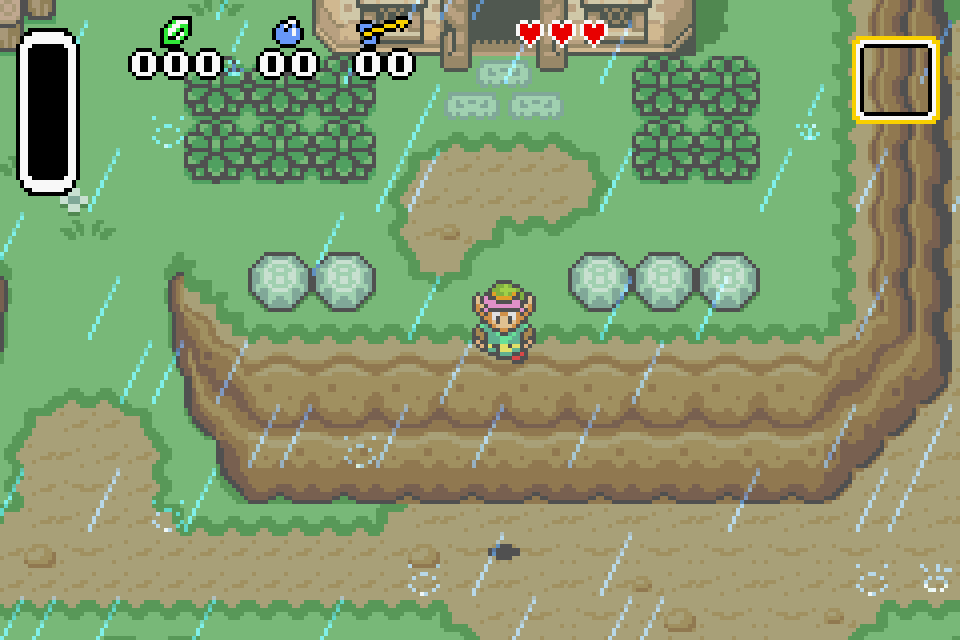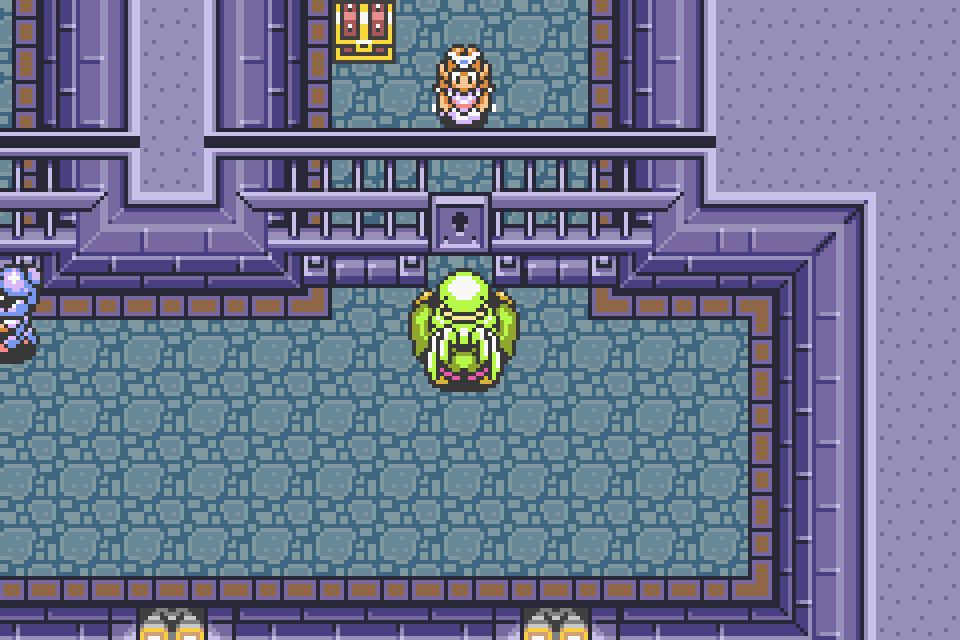
Remember, we were many years away from Wii U's asymmetrical gameplay back in 2004 (2005 in Europe), and the potential of a joint experience unbound by a single screen was mind-boggling - it still is, in fact. I remember looking longingly at footage of four GBA's connected to a single GameCube via four separate (and bespoke) GC-GBA Link Cables and being wow-ed by the possibilities of off-screen play. It's not the worst shopping list of requirements, granted - I'd managed to wrangle the expensive kit and enthusiastic friends for this type of thing before - but the likelihood of cash-strapped gamers buying duplicates and equipment they'll likely only use for this one game wasn't realistic.įour Swords Adventures dialled that probability down from 'unlikely' to 'impossible'. Having friends with Game Boys was just the first hurdle they also needed a copy of the game each, and four players would need to daisy-chain three GBA Link Cables together. erm, what do you call someone with more knowledge and enthusiasm than a Joe? Tony? Yes, Tony Gamer. To get the experience the developer presumably intended, the barrier to entry was far too high for Joe Gamer, or even. Playing solo was fine, though obviously suboptimal tellingly, I've forgotten almost everything about the game. A couple dozen people who write for a Nintendo-focused website should turn up some Four Swords faithfuls, no? Much less of an ask, except it was only available for four days back in 2014. Worried that perhaps I kept poor company and just needed a better calibre of Nintendo-phile acquaintance - people who came ready-equipped for an adventure! - I asked my Nintendo Life colleagues about their experiences with both the original Four Swords and the GameCube sequel, The Legend of Zelda: Four Swords Adventures. To this day, I've never played a multiplayer Zelda game as it's meant to be played.

Still, the promise of a cool frosty beverage would have been sufficient to bag me three Links willing to take up arms against Vaati, but getting hold of the gear necessary to start the adventure in the first place was always the real issue. It is recommended to let Player 1 use the GC controller, as there is text that can only be scrolled by them.Ĭonsidering the requirements, it is not necessary to capture Player 2's GBA as well.You see, my pals at the time had PlayStations (if they had a console at all), so having gone the N64/GameCube route, I was already isolated, gaming-wise. One advantage of using a GC is that you can use a GC controller, which makes mashing a lot easier (and controls in general). For obvious reasons you cannot look at your GBA anymore to see it. However, actually seeing it requires a second TV if you don't want to use the preview on the PC's monitor. This is equivalent to just connecting a GBA, just that now you are able to capture the video output of the GC and can display it on your recording/stream. To capture one GBA screen, you need a Gamecube (GC) with a Gameboy Player (GBP) attached and a Gamecube-Gameboy Advance (GC-GBA) cable to connect the GC to the main console. This mode is pretty bad Setup to capture 1 Gameboy Advance (GBA) Screen A variety of traps and items give players the opportunity to gain the upper hand against their foes. Players can battle each other in 8 (4 light world and 4 dark world) stages. In addition, all of the boss fights are more difficult in co-op mode, especially Vaati. Levels that differ from single player include, 1-1, 2-2, 2-3, 4-2, and 5-3. The differences in co-op mode are mainly due to the rooms on the GBA screen and the inability to use the C-stick for formation hovers.

Hyrulean AdventureĪs the main adventure mode, this is the only mode that can be played by a single player using either the Gamecube controller (with a GBA screen appearing on the TV) or a Gameboy Advance. There are 3 modes available in multiplayer: Hyrulean Adventure, Shadow Battle, and Tetra Trackers (the last being exclusive to the Japanese and Korean versions). The original packaging of the game included 1 official Nintendo GCN-GBA cable.

The main feature of The Legend of Zelda: Four Swords Adventures is the ability to play the main adventure with friends, which requires a Gameboy Advance (or a Gamecube with the Gameboy Player Attachment) connected to the main console (Wii or Gamecube) via the GCN-GBA cable for each player.


 0 kommentar(er)
0 kommentar(er)
